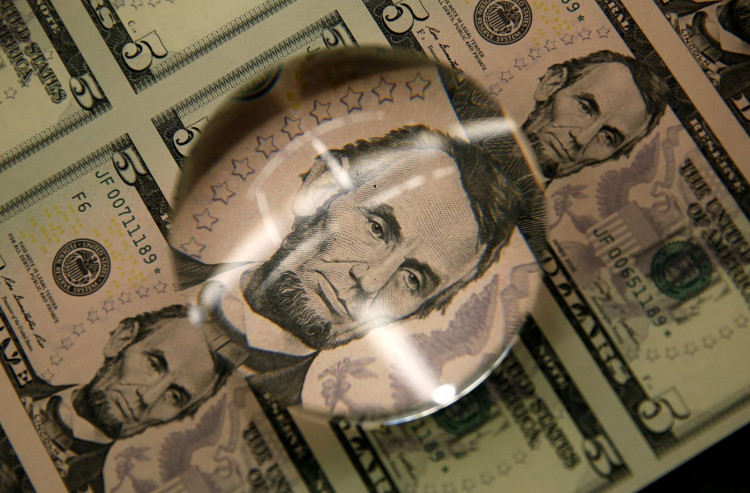The recent strengthening of the U.S. dollar against the Japanese yen to a certain extent offset the decline in U.S. Treasury bonds, further enhancing the preference of Japanese investors for U.S. debt. The percentage of U.S. bonds held by the Japanese Government Pension Investment Fund (GPIF) has risen to its highest level in three years.
Bloomberg's analysis of the latest data released this month found that in the 12 months ending in March of this year, the share of U.S. bonds in foreign bonds held by the GPIF increased from 40.8% to 43.3%, the highest level since March 2020. This happened while the cost of foreign exchange hedging hovered near its highest level in more than two decades.
The GPIF is the world's largest pension fund, holding assets worth 200 trillion yen (or 1.4 trillion USD), equivalent to the size of Spain's economy.
Given its massive scale, every GPIF move greatly influences the liquidity of Japan's investment portfolio, and many other Japanese funds imitate its investment actions. Japanese investors are the largest foreign holders of U.S. bonds, with 1.1 trillion USD as of April.
This implies that high yields of U.S. bonds and the weakening yen may support Japanese investors' demand for U.S. bonds.
Kiyoshi Ishigane, the chief fund manager at Mitsubishi UFJ International Trust in Tokyo, stated that while easing U.S. inflation suggests that U.S. bond yields may begin to decline faster than other bond markets, it may still be appealing to Japanese investors.
"Japanese investors will benefit from the income and capital gains of U.S. bonds as long as the yen doesn't strengthen," he indicated.
Shinichiro Kadota, a strategist at Barclays, mentioned in a report that capital rebalancing caused by exchange rate fluctuations should continue to offset to a certain extent the depreciation and appreciation pressures on the yen.
In the aforementioned 12 months, the U.S. dollar appreciated 9.2% against the yen, and U.S. bonds fell by 4.5%. At the same time, GPIF's U.S. bonds, denominated in yen, increased 8.2% to 21.6 trillion yen.
It is worth noting that GPIF's asset allocation does not directly reflect its market view.
The fund outsources its investments to fund companies like BlackRock and Sumitomo Mitsui Trust Asset Management, with 86% of its foreign bonds being passively invested and tracking benchmark indices. GPIF's assets are also evenly divided between overseas and local stocks and bonds.






